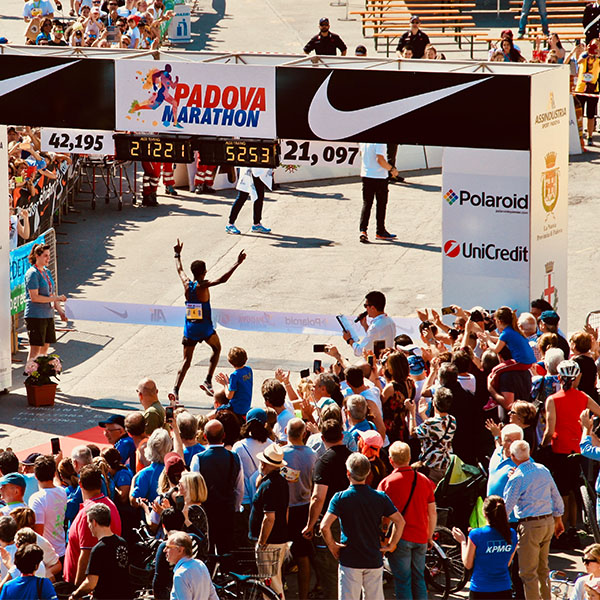“You don’t notice the referee during the game… unless they make a bad call.” – Drew Curtis
Referees are under a significant amount of pressure to make the correct decision when it counts. In fact, referees make around 245 decisions per game, and usually, only around 2% of these are incorrect. With so much to look out for, it’s only natural that they would slip up now and then, but there are definitely some things players do unknowingly that make those errors more frequent.
At InnerDrive, we’ve been looking at what happens during that 2% of the time that catches referees out. During our research, we came across an interesting paper that talked about players who are seemingly uninvolved in the game, and how they can influence an assistant referee’s decision regarding the offside rule. Here’s what they had to say…
What the research says
Psychologists picked out all the offside calls from a complete season of a German football game.
The aim was to identify three things:
- Were the offside decisions correct?
- What was the distance between each of the players, and what was the distance between the players and the referee’s line of sight?
- How many players were surrounding the one being passed to?
They were trying to see if the number of players close to the referee’s line of sight or the number of players around the one receiving the pass would influence whether the referee’s decision was correct.
So, what did they find?
- More players near the referee meant more incorrect decisions – Curiously, when more players were close to the assistant referee’s line of sight, the referee made more incorrect decisions.
- More players near the relevant one meant more incorrect decisions – Having more players around the relevant one (meaning, the one being passed to and in question of going offside) had a similar effect – when this was the case, the referee made more errors.
Why did this happen?
There could be a number of reasons for these refereeing mistakes, but we think it’s pretty clear from this study that the players themselves are having some kind of effect.
Having lots of players in the same area would make it difficult for anyone to see who is in the wrong, and a trained eye is no exception. When you’ve got more people to choose from, decision making becomes less accurate, because the chances of getting it wrong increase.
In theory, the crowding should lead to more errors concerning whether the referee lifts their flag or not. Referees are advised to only lift the flag if they are completely sure that the attacking player was offside, so if they can’t quite tell, they might not signal at all – and the player could get away with it. This is where VAR comes in very useful: the players might be able to influence the referee, but there’s no fooling the cameras.
What else do we know about the psychology of referees?
Like anyone, referees can have subconscious biases, causing them to make subpar decisions without even meaning to. Here are some of the most common and impactful ones…
The Crowd Effect
One referee bias is the Crowd Effect – the atmosphere that the crowd creates can influence the referee’s decision by making the referee changing their emotional response, and subconsciously challenging their decision.
The Home Advantage Effect
Similarly, there seems to be a Home Advantage Effect, with home teams being less likely to receive yellow and red cards, and having more time added when they are losing.
This links to the atmosphere that the crowd create, and the referee’s subconscious desire to please the crowd. Essentially, when the home crowd are generating too much noise, the referee might fail to properly integrate the relevant visual and auditory cues, meaning they will favour the home team and award fewer fouls against them.
The Dirty Team Effect
Another bias is the Dirty Team Effect, where referees rely on past experiences and knowledge about a team to make quick decisions. This means that a team with a poor reputation might be treated more harshly by a referee, simply because they rely on previous thoughts about that team, rather than what’s actually happening in front of them.
Final thoughts
This study shows the power of positioning in affecting a referee’s decision. From this, we can see just how easy it is to make the wrong call and let a player off for breaking the rules. However, with a crowd watching the players from every angle, it’s hard for a referee’s mistakes to go unnoticed, and VAR is often called to the rescue.
Do you think you could spot a player going offside? Take a quiz to find out!





